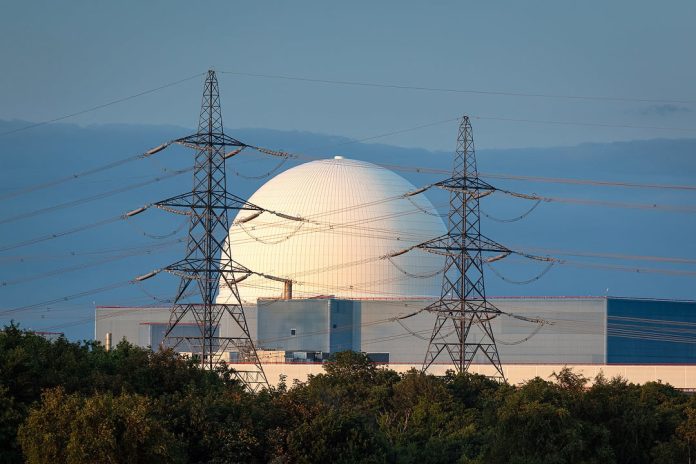As security technology becomes increasingly layered, the definition of high security is changing and the path to achieving it in the real world is becoming more complex.
HIGH security is layered security – starting at the perimeter and moving inwards to main entries, secondary entries and access ways, and doors throughout a site. As well as resisting intrusion, high security solutions have the capacity to detect attempts at intrusion and to inform security and law enforcement teams through a combination of synthesized alarm events, mapping, real time video, audio and more – this delivers situational awareness to responders.
But there’s more to high security than physical defences, detection, surveillance devices and management solutions. There needs to be serious support for core services like power, water/sewerage, data/network, and multiple comms paths. High security spills over into the capacity for on-site first response, as well as demanding excellent procedures designed to keep a site up, no matter what happens. And that feeds into training and the dissemination of information.
According to Michael Wilkin, department manager, public safety and security at Saab Australia, what differentiates high security applications operationally is they have high availability requirements to ensure the system doesn’t go down.
“Clearly these facilities have a heavy reliance on what the electronic security system provides,” Wilkin says. “Security systems need to be highly reliable in terms of redundancy and their ability to update without down time. Something else that’s vital is cascading control to deal with issues as they evolve – alongside this, you need flexible security levels, because more staff are interacting with the system.”
According to Wilkin, it is possible for a high security site to remain accessible but there’s plenty to consider.
“This can be achieved if the appropriate controls and monitoring systems are correctly implemented,” he explains. “These controls are not necessarily physical and include firewalls, network access control devices, network monitoring software, etc.
“You also need layered security principles, such as dual authentication, to provide an alternative to the entire lockdown of the facility, and the ability to allow instant lockdown or isolation of a trouble spot.”
Wilkins argues seamless integration of systems like CCTV, access control, intrusion and life safety systems is the key to a high security application.
“From an operator perspective, if systems are seamlessly integrated it removes stress, reduces errors, makes task completion faster and is more intuitive for the user,” he explains. “Seamless integration can encompass more subsystems, more tightly, and interaction is simplified via standard operating procedures or workflows to improve operator efficiency. There’s also the benefit of reduced operational costs, given users interact with a single interface, not multiple subsystem interfaces.”
According to Wilkin, the most challenging aspect of any high security integration is training.
“Understanding and educating users in the ways new technologies can solve concerns is always challenging,” he explains. “Other challenges include ensuring subsystems are highly reliable, which may restrict the subsystems that can be integrated in certain applications. And once an integration is complete, time must be invested in developing SOPs in consultation with users to ensure they apply efficiently to the facility.”
According to Phil Marr, national high security manager, Gallagher, there are a number of elements that differentiate high security sites.
“High security applications are more stringent in how they must operate or be operated compared to commercial applications,” he says. “These usually involve additional layers of security to ensure only authorised users are granted entry to these locations.”
Marr argues that it’s possible for a high security site to remain accessible.
“Utilising security zones and layering techniques is common to ensure these sites are as accessible as possible while still providing the protection needed,” he says. “By using different technologies (CCTV, access, alarm & PIDS), sites can ensure they have flexible protection. Some technologies are passive, but they provide invaluable information to the security team and assist with decision making, auditing and investigations.”
Marr agrees seamless integration of systems like CCTV, access control, intrusion and life safety systems is the key to a high security application.
“Seamless integrations are definitely the key to ensuring protection of high security sites, however, there is the need for segregation to ensure one system isn’t dependent on another,” he explains. “Security systems need to be able to work in standalone mode in case there are issues with another system. Something else to consider is that systems are very defined in how they must work and what level of integration is acceptable. This is something we need to be mindful of as integration focus on achieving an ‘assured solution’.
“Integration often means ensuring the completed system is designed and certified to meet the operational requirements of the client. You also need to ensure that lower level sub systems are not able to control or impede systems delivering higher levels of security functionality. Probably the key requirement for integrated security solutions is ensuring only authorised staff can enter/access their infrastructure and management locations.
“There is also the question of inter-system communication. When security is connected to a sub system like the BMS or lighting control, how secure is the comms link? Individual building systems tend to develop their external comms to suit their own needs without consideration for the property security as a whole.”
#sen.news









